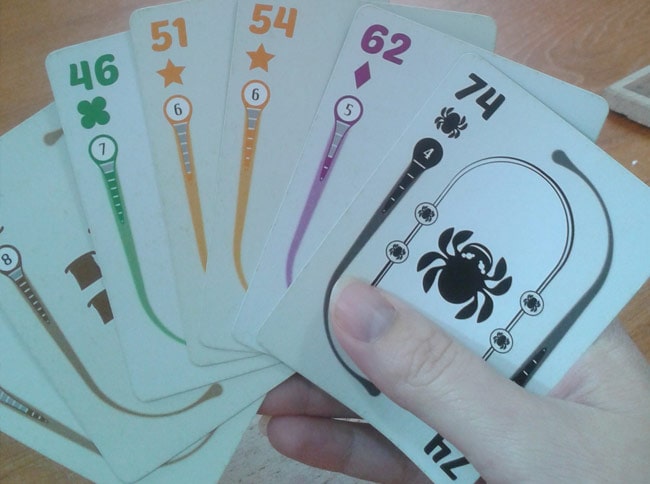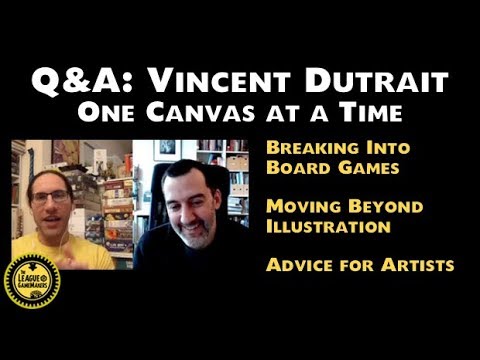
A good designer can make something they love shine. A great designer can make something they hate shine.
Now, this doesn’t mean you should go around making things you hate all the time, because that’s a pretty good way to make yourself miserable. But at least once in your designing career, particularly when you’re pretty sure you’ve got this whole design thing down pat, you should challenge yourself to a project you don’t identify with at all.
Design is about creating experiences for other people. So yes, usually it’s good to design to your strengths, because it’s easier, faster, and more likely to avoid costly mistakes. But if you know your craft, you should be able to make something a different audience will love, even if you aren’t part of that audience.
HERE ARE A FEW AVENUES YOU CAN TAKE TO FIND A GOOD DIRECTION TO POINT YOURSELF.
DESIGN FOR A DIFFERENT MARKET SEGMENT.
When we talk about markets, that can be a quick shorthand for a handful of common qualities, even if games within those markets can vary a lot. Most often, we think about length of play time, age range, number of players supported, the kind of mental effort involved, and how players interact with each other. Common market labels include Party Games, Family Games, and Strategy Games, though there are others.
Figure out what market you identify with most. Is there a market you feel any disdain for? Or just feel disconnected from? Try that one! Or maybe you like a wide variety of games. If so, think about what you usually design, and try out something at the other end of one or more spectrums.

Not a big casual card game player? What would a trick-taking game by you look like?
DESIGN FOR A DIFFERENT SKILL SET.
You may be great at tactical thinking, but terrible at social idea pitching games, or vice versa. Design something you’re not good at. Maybe this is a particular set of mechanics, or maybe it’s a style of play. Whether it’s the randomness of dice games, the psychology of social deduction games, or the physical element of dexterity games, there are two ways you could go about it. You could try to make the game with a twist so that it ends up being a game you can play reasonably well. Or, you can try and keep the gameplay “pure” and rely on playtesters to let you know if you’re making it awesome.

Design mostly heavy strategy games and hate randomness and chance? What would a dice-based game by you look like?
DESIGN FOR A PARTICULAR AESTHETIC.
We’ve talked about MDA a few times before on this blog. This approach is a bit more nuanced. You need to have a good understanding of the kinds of experiences players look for in games, and in particular what aesthetics you personally gravitate towards. Figure out which aesthetics you never shoot for, either as a player or as a designer, and see if you can create something new.
As a quick review, here’s the main list. Other aesthetics are possible, but this list is fairly comprehensive and the aesthetics here act as good landmarks particularly if you’re looking for something you don’t have a lot of experience with.
- Sensation: A game that pleases the senses. With board games this is mostly going to be through visual art.
- Fantasy: A game that inspires the imagination. Role playing games are the quintessential tabletop category for this aesthetic, but many types of games let a player’s imagination soar.
- Narrative: A game that provides drama and tells a story, whether that story is told by the game or, if paired with Fantasy, lets the player tell the story.
- Challenge: A game that tests a player’s skill by creating obstacles and conflicts.
- Fellowship: A game that creates a social environment for players to focus on interacting with each other. Party games and cooperative games are key examples, but most multiplayer tabletop games have this as some facet of the experience.
- Discovery: A game of exploration, of uncovering the unknown. This exists in games with a lot of variability, but another less common example might be specialized games that are only meant to be played once, such as escape room games.
- Expression: A game of self discovery and communication.
- Submission: A game that acts as a pastime. Though the name is weird, it refers to being able to just submit to the game and let the outside world go. Maybe it entails something easy and relaxing, or maybe it’s something that focuses your thoughts solely on the game.
UNDERSTANDING YOUR AUDIENCE
While you may be able to surprise yourself and find yourself enjoying this new thing you make, be sure you start by aiming at a specific audience. Even if you join that audience halfway through the process, use preexisting members of that audience as your litmus test for quality, rather than yourself.

Rely on hidden identity fans to help gauge your traitor mechanic games for a good exercise in listening to your audience instead of your own tastes and preferences.
And if you don’t ever join that audience, that’s even better. If people love what you’ve designed, you will walk away with a much better understanding of the design process.








